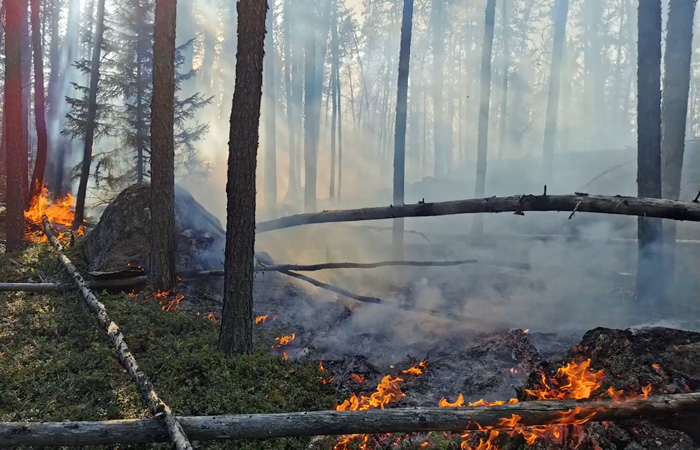As Manitoba firefighters arrive to support the wildfire fight in Alberta, the Manitoba government is closely monitoring fire conditions here at home, Natural Resources and Northern Development Minister Greg Nesbitt announced.
“It is critical that Manitoba lends support and resources to our neighbours in Alberta during this unprecedented start to their fire season,” said Nesbitt. “Many Manitobans are looking forward to the start of camping and fishing season in the coming days and we all must remember to do our part to prevent wildfires whether we’re at home, at the cottage, or enjoying the backcountry.”
Alberta is currently in a state of emergency as firefighters respond to nearly 100 active wildfires throughout the province. One tanker group from Manitoba has now arrived at a base in Lac La Biche. The tanker group has eight personnel associated with it and they will be deployed where needed, the minister noted.
There have been 16 wildfires in Manitoba to date, including two new fires in the last 24 hours in the Western region. All have been caused by humans, but none are a concern at this time. One tanker group is currently activated in Manitoba, with a second tanker group on standby.
The minister noted that May 7 to 13 has been recognized as Emergency Preparedness Week. Manitobans can take steps to reduce wildfire risk including:
Campfires:
- If it is too hot to touch, it is too hot to leave.
- Backyard debris burning:
- Don’t burn when it is windy or when vegetation is very dry.
- Check local regulations, a permit may be required.
- Choose a safe burning site away from power lines, overhanging limbs, buildings, vehicles and equipment.
- Burning sites should be surrounded by gravel or mineral soil at least 10 feet in all directions.
- Keep the surroundings watered down during the burn and have a shovel close by.
- Keep debris piles small and manageable, add additional debris as fire burns down.
- Make sure burning barrels are made entirely of metal, properly equipped (at least three evenly-spaced, three-inch, screened vents and top metal screen) and in good condition.
- Stay with the fire until it is completely out. Drown the fire with water, turn over the ashes with a shovel and drown it again, repeat several times.
- Check the burn area regularly over the next several days and up to several weeks following the burn, especially if the weather is warm, dry and windy.
Vehicle safety:
- Be sure chains and other metal parts are not dragging from vehicle, as they can create sparks.
- Check the vehicle’s tire pressure. Driving on an exposed wheel rim can cause sparks.
- Be careful driving through or parking on dry grass or brush. Hot exhaust pipes can start grass on fire.
- Never let brake pads wear thin. Metal on metal creates sparks.
Lawn care:
- Sparks from lawnmowers and power equipment can start wildfires. Be careful on hot, dry days and be sure to check equipment regularly.
Taking care of your home:
- Keep roofs, gutters, decks and patios clear of leaves, pine needs or other flammables at all times.
- Remove flammable mulch and vegetation 1.5 metres from homes and replace it with non-flammable material.
- A mowed lawn is a fire-resistant lawn.
- Grasses shorter than 10 centimetres in height are less likely to burn intensely.
To report a wildfire, call 911 or the TIP line (toll-free) at 1-800-782-0076.




